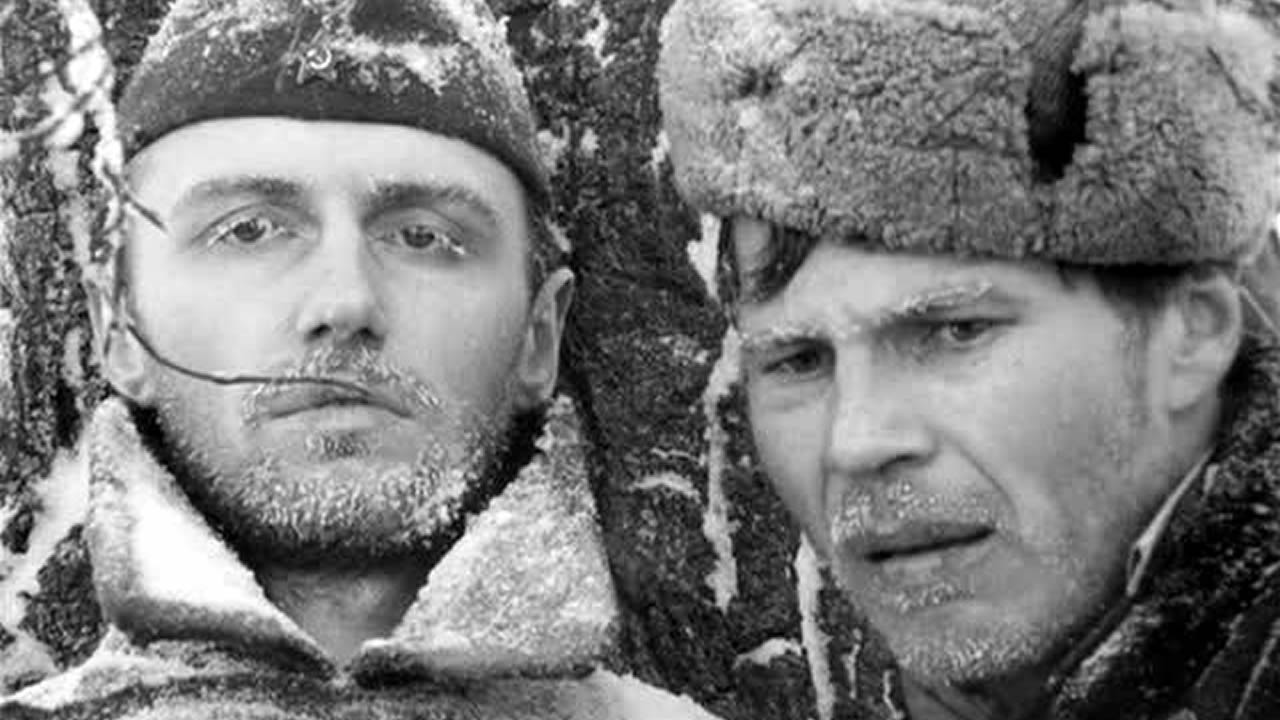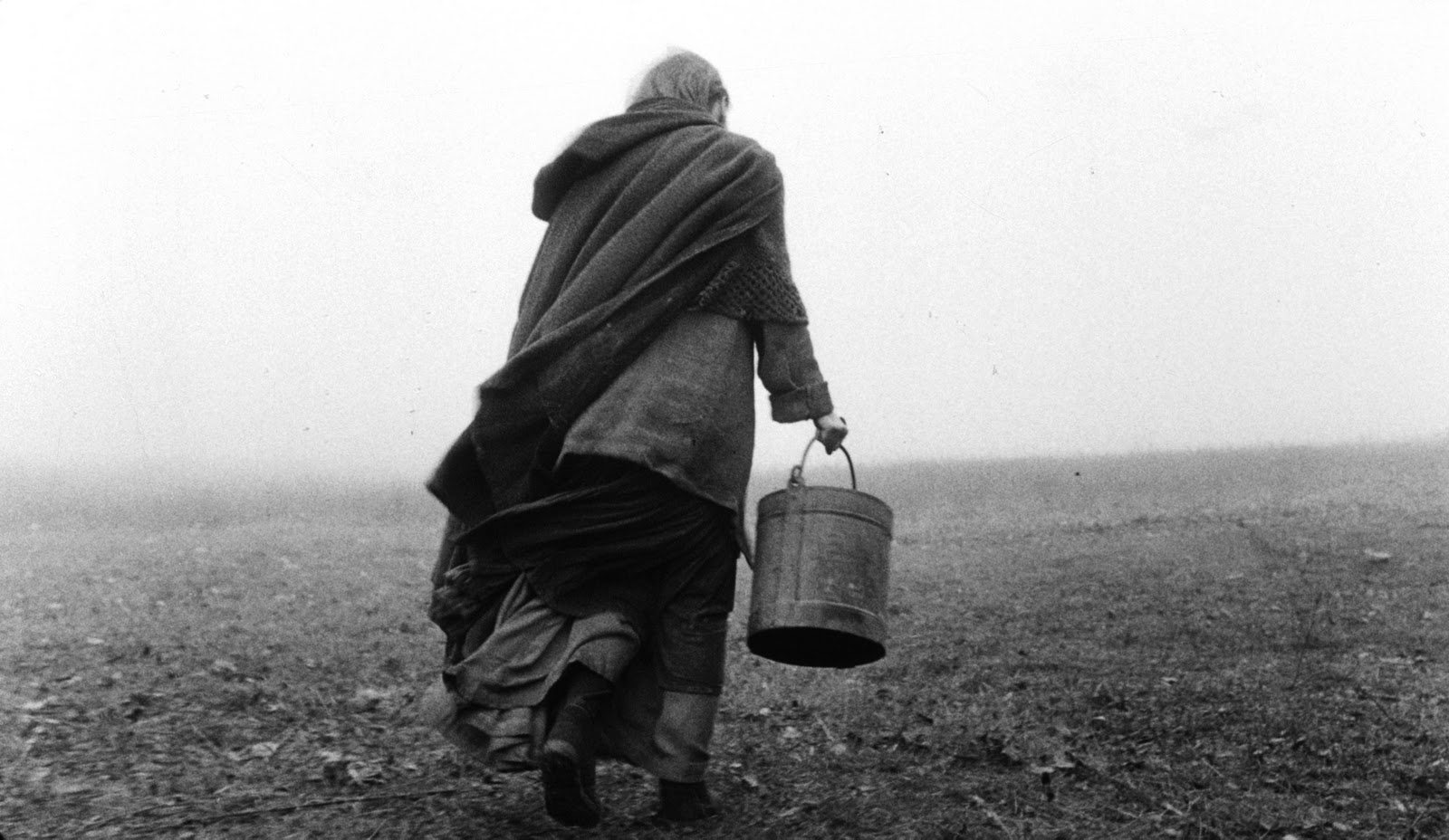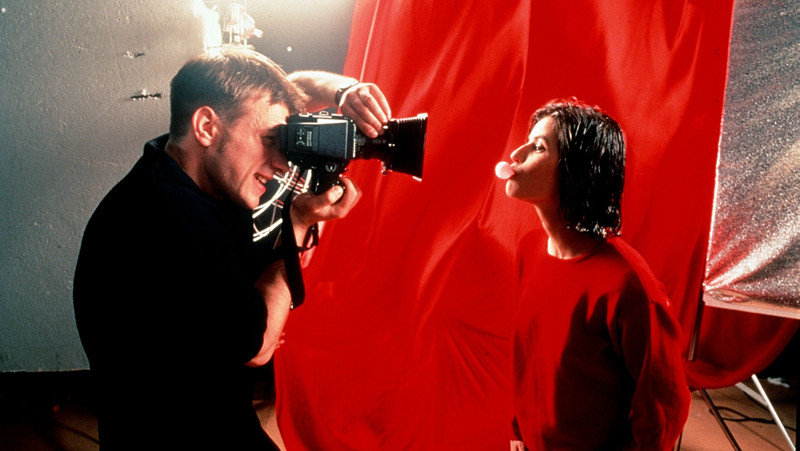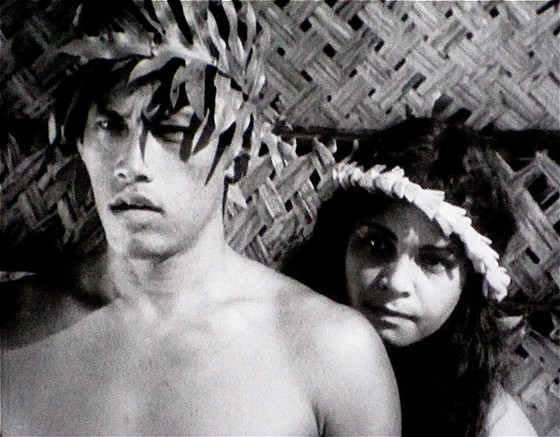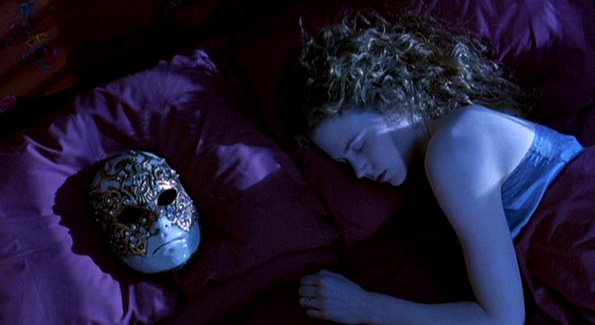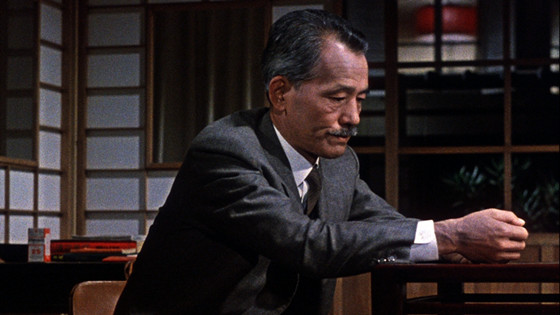15. The Ascent (1977) by Larisa Shepitko (1938–1979)
Larisa went to the All-Union State Institute of Cinematography in Moscow where she studied under Alexander Dovzhenko, a pioneer of Soviet montage theory. After graduating, she directed Wings (1966), her first feature about a Russian fighter pilot now living a quiet, ordinary life as a school principal.
While a student at the institute, Shepitko met fellow filmmaker Elem Klimov. The two would later marry. The director would die in a car crash while scouting locations for a proposed adaptation of the novel Farewell to Matyora.
The Ascent (1977), her last and most successful film , concerns two lost partisans who are captured by the Nazis and are then interrogated.
The film won the Golden Bear at the 27th Berlin International Film Festival in 1977 and was selected as the Soviet entry for best foreign language film at the 50th Academy Awards. The film, however, did not earn a nomination.
14. The Turin Horse (2011) by Béla Tarr (1955- )
Bela Tarr is a Hungarian film director whose films are known for their long uninterrupted takes, detailed tracking shots and their long running times. The director considers his main influence to be German director Rainer Werner Fassbinder.
Tarr’s initial work focused on the life of the impoverished in urban Hungary and he would often use non-professional actors as cast members. In his later work, Tarr concentrated on methods of shooting such as intricate tracking shots which would often take up to a month to shoot.
The Turin Horse is based on a story chronicling the whipping of a horse in the Italian city Turin. This incident is rumored to have caused the mental breakdown of philosopher Friedrich Nietzsche. Tarr has said that the meaning of the film is about the “heaviness of human existence” and he summaries the film as – “You are doing always the same thing every day, but every day is a little bit different, and the life is just getting weaker and weaker, and, by the end, disappears. This is what this movie shows you.”
Composed of only 30 takes, Tarr has said this will be his last film.
13. Three Colours: Red (1994) by Krzysztof Kieslowski (1941–1996)
After two unsuccessful attempts, Krzysztof Kieslowski was accepted into Łódź Film School, whose alumni include Roman Polanski and Andrzej Wajda. After graduating in 1968, he started making documentary films. These films depicted the everyday lives of the Polish people and their enduring hardships.
He made his first non-documentary film in 1975 and for nearly 15 years, Kieslowski continued to make films in his native Poland. Among his most famous efforts is The Decalogue (1989), a 10 episode TV drama series. Many of Kieslowski’s films during these times were heavily politicized.
Among his most successful and acclaimed films are his final four efforts ,which were all foreign co-productions. These films include The Double Life of Véronique (1990) and his masterpiece, the Three Colors trilogy. These films brought hglobal recognition including Golden Lion for Best Film at the Venice Film Festival, the Silver Bear for Best Director at the Berlin Film Festival and three Academy Award nominations.
Three Colours: Red (1994), the final film in the trilogy, is typical of the entire trilogy in that it concentrates more on moral and metaphysical issues than plot. It deals with two very different characters, whose lives become interconnected in the most extraordinary way.
12. Tabu: A Story of the South Seas (1931) by F.W. Murnau (1888–1931)
A German filmmaker who directed one of the film to jointly win the first Best Picture Academy Award, Murnau began his directing career in 1919 and, would go on to direct films which would later be recognized as among the best German and international films of the silent era.
These pictures include Nosferatu (1922) and The Last Laugh (1924). The Last Laugh introduced the subjective point of view camera. The film also used the “unchained camera technique”, which features shots composed tracking shots, pans and dolly moves.
Murnau moved to America in 1926.He was contracted to Fox Studio and directed Sunrise: A Song of Two Humans (1927). This film was among the winners at the inaugural Academy Awards. His next two films were hastily adapted for sound by the studio and were poorly received. This angered Murnau and he traveled to Bora Bora in order to film Tabu in 1931.
Tabu was originally conceived as a co-venture with documentary filmmaker Robert J. Flaherty. However, Flaherty left the project and ceded Murnau complete control. The film tells the tale of two young lovers on the run from their tribe as the girl has been chosen as the holy maid and therefore becomes “tabu”.
Murnau died in an automobile accident in March 1931 before the film premiered. Murnau was entombed in Berlin. Robert J. Flaherty, Emil Jannings and Greta Garbo attended the funeral and Fritz Lang delivered the funeral speech.
11. Salò, or the 120 Days of Sodom (1975) by Pier Paolo Pasolini (1922–1975)
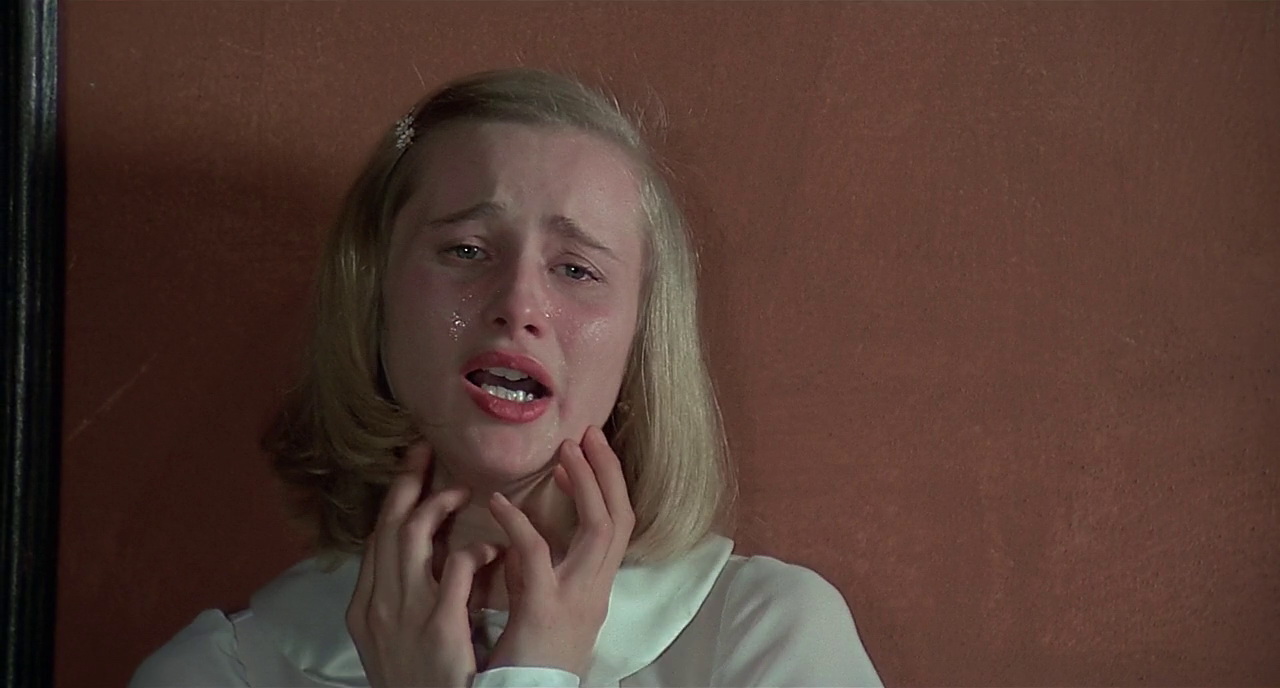
Pier Paolo Pasolini first worked in the Italian film industry when he, along with Sergio Citti, wrote dialogue for Federico Fellini’s film Le notti di Cabiria (1957). Three years later he made his acting debut in Il Gobo (1960).
The next year he directed his first film, Accattone (1961) The film featured mainly non-professional actors and focuses on the character of a pimp who loses his only steady source of income.
The film, much like the body of Pasolini’s work, was noted for its realism. This film was the first of many Pasolini’s works which would prove to be controversial in his native Italy. This was in part due to Pasolini being an immensely political man, whose ideology often clashed with that of those in government. He was a member of the Italian Communist Party from 1947 to 1949 but was expelled because of his homosexuality.
Salò, or the 120 Days of Sodom is based on an 18thcentury novel by the Marquis de Sade. The film details how four wealthy, corrupt libertines kidnap eighteen teenagers and subject them to four months of mental and physical torture.
Extremely controversial, Salò was banned in the Australia, New Zealand, UK and USA, and all four countries have only quite recently lifting these bans.
Pier Paolo Pasolini was murdered on 2 November 1975. His death still remains an unsolved crime. He was beaten to death and later, an autopsy revealed his body had been partially burned.
A seventeen-year-old male prostitute was arrested and confessed to murdering Pasolini. He later retracted this, claiming that three people had killed him. It is now believed that Pasolini was murdered by an extortionist since Pasolini wasallegedly going to a meeting in order to retrieve a few rolls of Salò, which had been stolen.
10. Eyes Wide Shut (1999) by Stanley Kubrick (1928–1999)
Stanley Kubrick made 16 films in 48 years, covering a wide variety of genres. Known for his attention to detail, innovative use of music and for his painstaking perfectionism, Kubrick made at least one classic in every genre in which he worked, whether showing the dehumanizing effect of war, the funny side of war, or his depiction of the beauty of space travel.
After clashing with star-producer Kirk Douglas while making Spartacus in 1960 over the film’s screenplay and lack of creative control, Kubrick left America for the U.K. where he would live and make all of his films for the remainder of his life. Spartacus would mark the last time Kubrick would lack full control over one of his films. He was the rare film maker to have complete control and financial support from major Hollywood studios.
After the completion of Full Metal Jacket in 1987, Kubrick started work on his Holocaust film Aryan Papers, a film he’d been planning to make for 10 years. He eventually stopped working on the film in 1995. The nature of the film deeply depressed him and he felt that Schindler’s List (1993) covered much of the same material and t, like his Napoleon, was never made. He then started work on Eyes Wide Shut.
Eyes Wide Shut deals with marriage, commitment, sexual jealousy and identity. The film revolves around a married couple and the sexually fueled nightly adventures which the man explores when he finds out his wife almost cheated in him. Although nearly seventy, Kubrick worked sometimes for 18 hours a day over a period of 15 months in order to get the film out in time for its planned date. He died four days after submitting the final edit of the film.
9. An Autumn Afternoon (1962) by Yasujirô Ozu (1903–1963)
Born in Tokyo, Yasujirô Ozu started his film career as an assistant in the cinematography department in the Shochiku Film Company in 1923. He would go on to work almost exclusively for that studio.
Ozu began his directing career with a few short silent films, before going on to explore more serious subjects in his films. His films would explore relationships between generations and the often present theme of family. His films are now regarded as staples of world cinema and since his death, his reputation has grown.
In many ways a remake of his 1949 film Late Spring, An Autumn Afternoon is about a widower trying to persuade his grown-up daughter to get married. The film stars Ozu regular Chishu Ryu, perhaps best known as the elderly father from Ozu’s masterpiece Tokyo Story (1953).
8. L’argent (1983) by Robert Bresson (1901–1999)
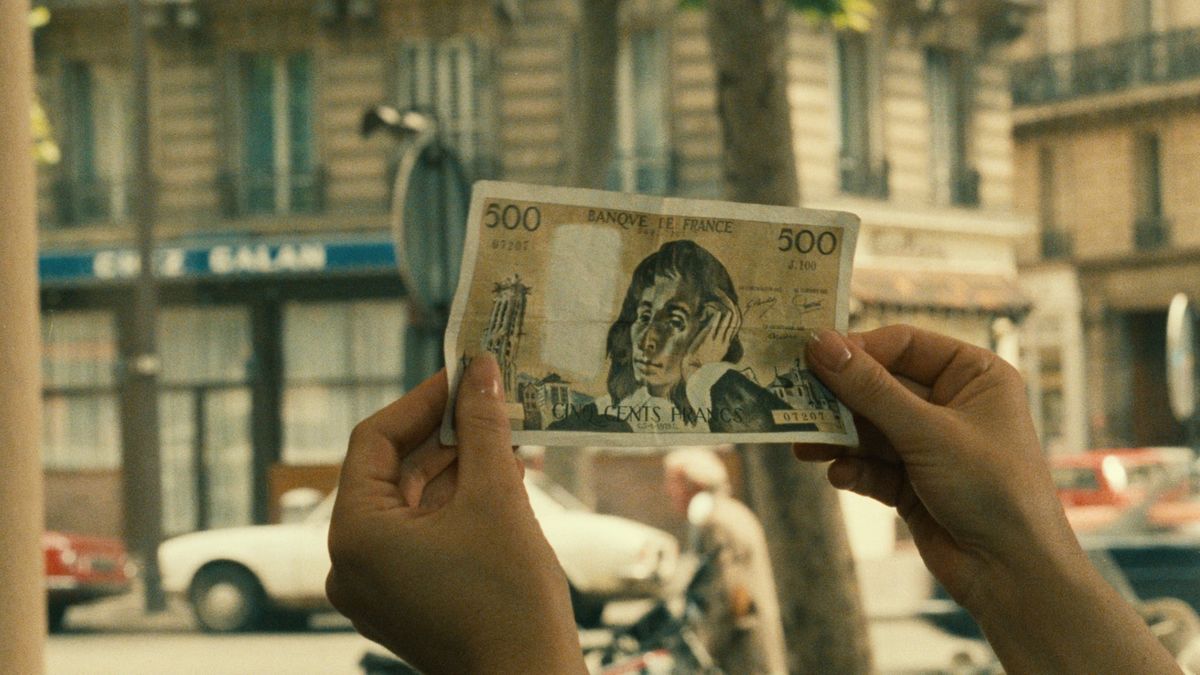
An acclaimed filmmaker known for his use of non-professional actors, simple camera movements, the bleakness and solitude of his protagonists, and Catholic-based themes, Bresson’s films and his theories regarding film were influences on the French New Wave.
He directed his first feature film at 42 years of age. He would make 13 films in the 40 years. He was also an artist and philosopher. Jean-Luc Godard wrote “Robert Bresson is French cinema, as Dostoevsky is the Russian novel and Mozart is German music.” François Truffaut lists Bresson among the few directors for which the term “auteur” can genuinely be applied.
L’argent was loosely based on the first part of Leo Tolstoy’s novel The Forged Coupon. The film tells the tale of how a forged 500-franc note is purposefully passed from person to person eventually harming an innocent. Considered one his bleakest film, this was the film which most satisfied Bresson. Bresson would subsequently share the best director prize at the 1982 Cannes Film Festival , along with Andrei Tarkovsky, who won for Nostalgia.
